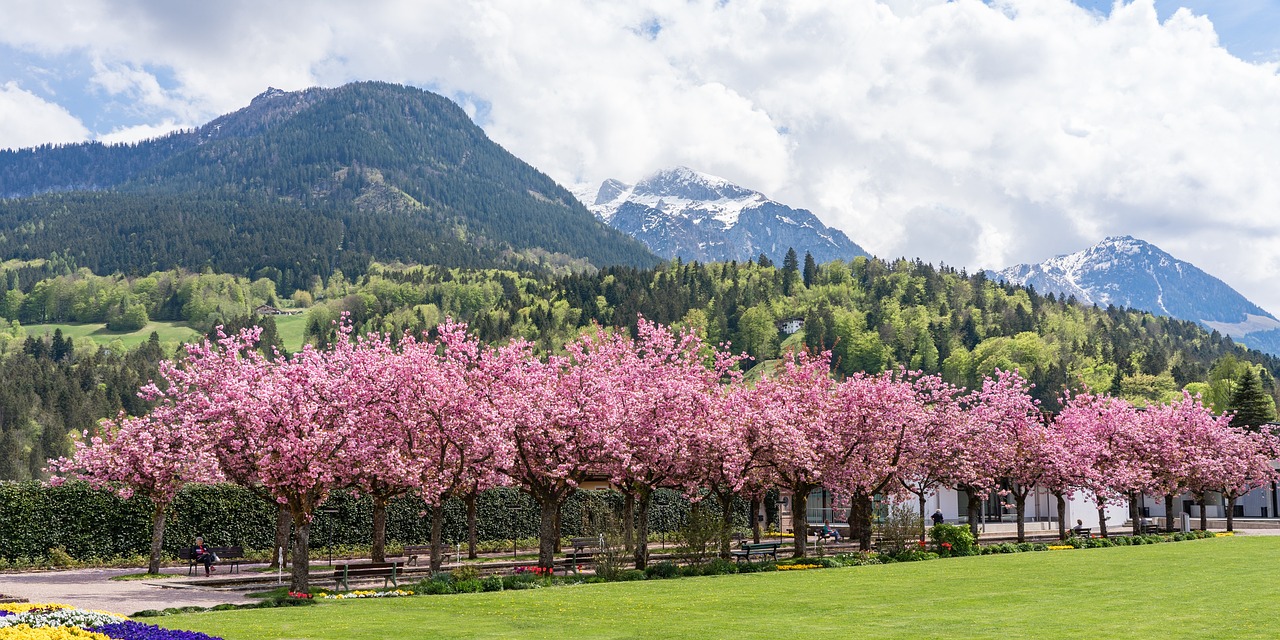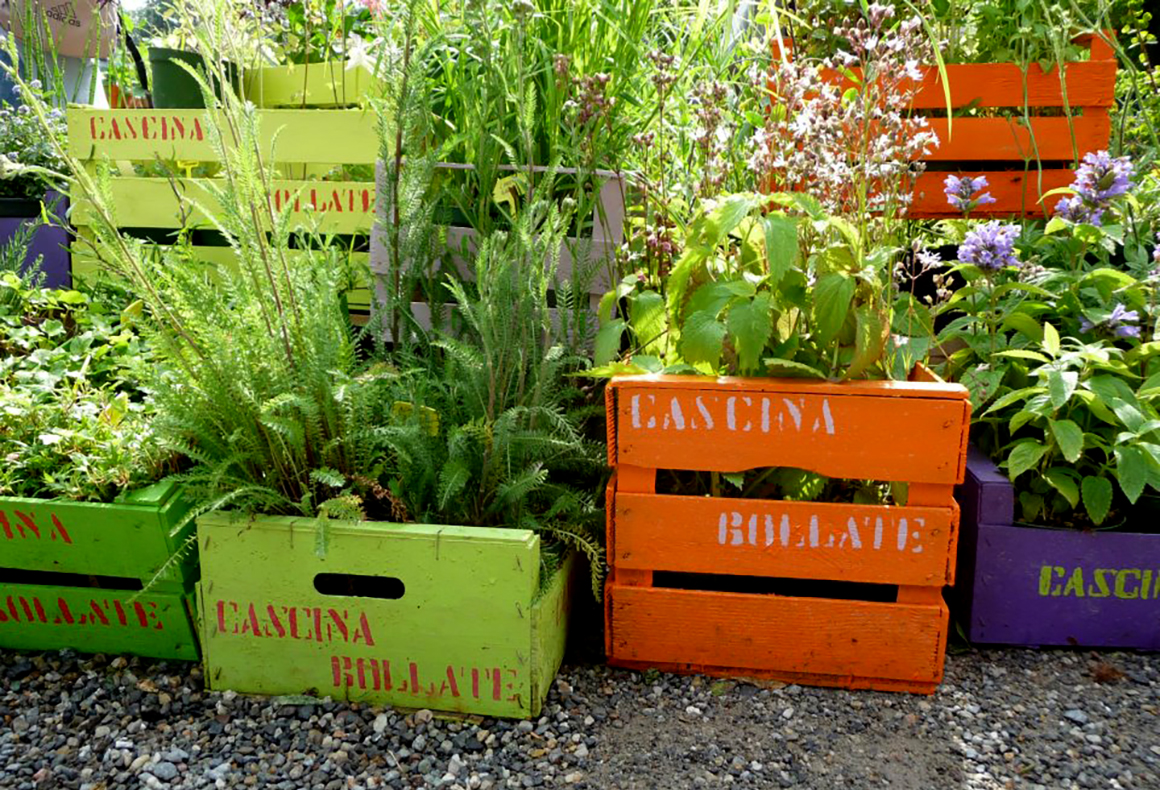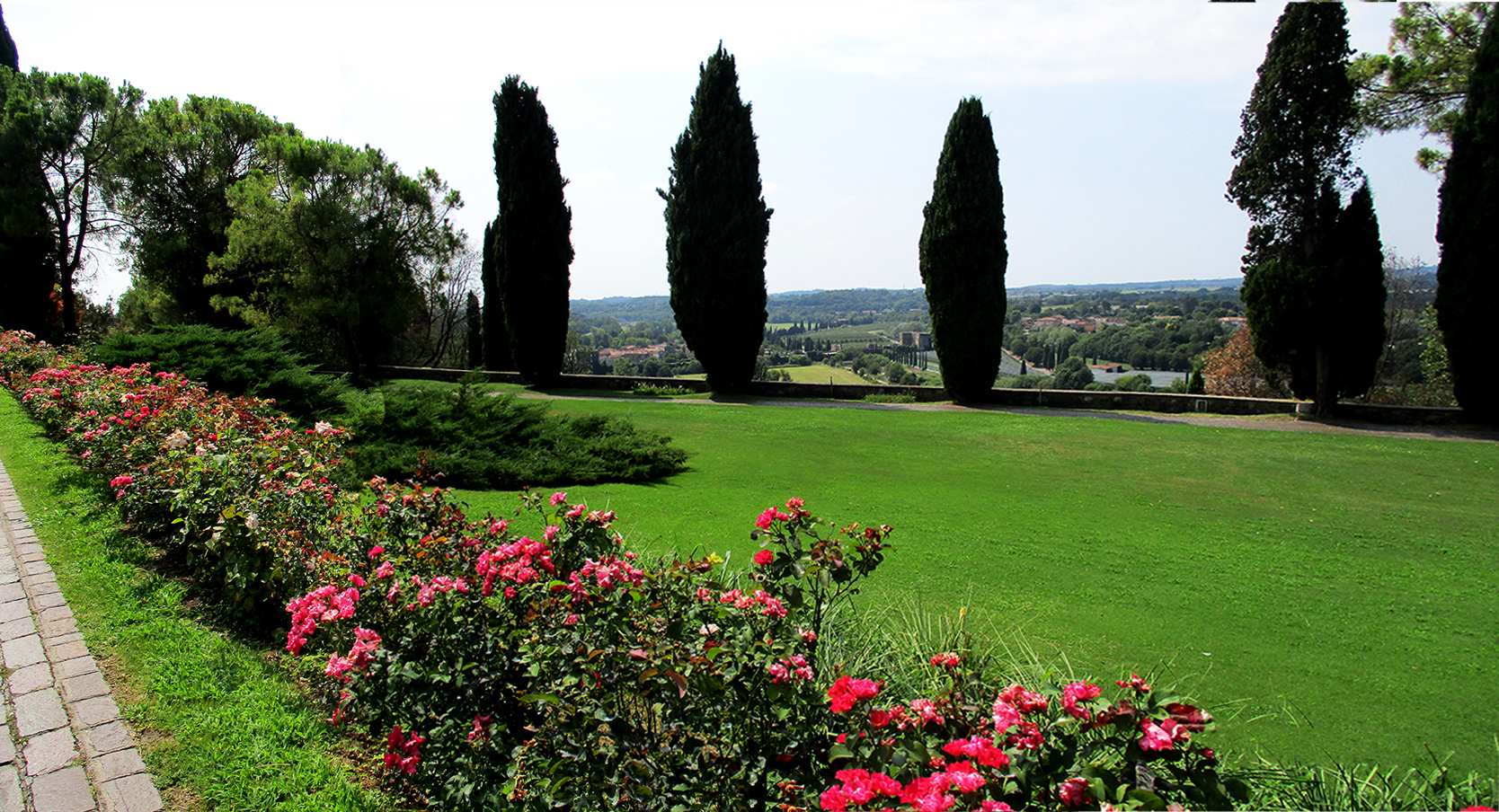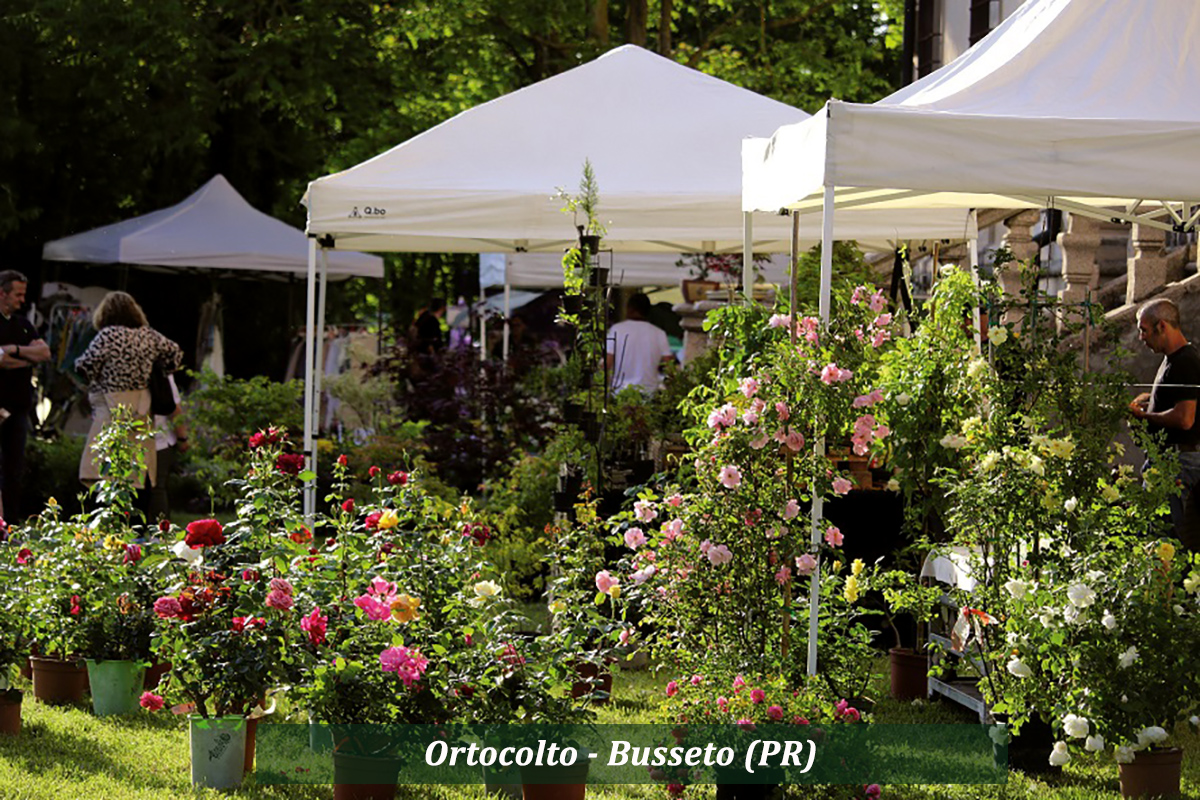Prunus serrulata var. “Kanzan”, known as the Japanese cherry, is a deciduous ornamental tree, up to 10 meters tall, appreciated for its spectacular spring flowering with double, deep pink flowers. It reaches 4-10 meters, requires full sun, fertile and well-drained soil, with regular irrigation. It does not produce fruit and is sensitive to some diseases. Also suitable as a bonsai, it gives elegance to gardens thanks to its harmonious shape and compact shape. Ideal for Zen gardens, avenues and green spaces, it offers color all year round with its iridescent foliage. Perfect for those who want an elegant and refined touch.
IDENTIFICATION
Scientific name:
Prunus serrulata var. “Kanzan” L.
Italian common name:
Japanese cherry tree
Family:
Rosaceae
Origin:
Originally from China, it was imported to Japan where they then cultivated numerous varieties.
Habitat:
It thrives only in temperate climates with frost in winter and mild temperatures in summer. Very common in the temperate regions of the northern hemisphere and up to the Andes of South America and the mountains of Southeast Asia; they mostly grow on forest edges, in thickets, but also in a variety of different habitats, including sandy coasts, rocky places and cliffs.
Evergreen or deciduous:
Deciduous
PLANT RECOGNITION
Height:
7 – 10 m
Width (extension):
5 – 8 m
Habit:
Small tree or large, fast growing shrub
Leaf:
“serrula” (small saw) due to the serrated leaf margin. Alternate ovate dark green leaves, bronze when young, orange-yellow in autumn.
Flower:
red buds bloom into large double intense pink flowers in clusters of 2-5 flowers;
Flowering:
April – May
Fruit:
In this variety, fruits are non-existent.
Trunk:
Straight vigorous and stocky. The bark is the characteristic one of the cherry tree. With age, the bark detaches in horizontal stripes and has showy transverse lenticels.
Perfume:
yes
NEEDS
Maintenance:
medium/low. Usually grafted on Prunus avium. It is therefore advisable to eliminate the buds under the graft so as not to have branches with different and less valuable flowering that suppress the grafted variety.
Light exposure:
Full sun. Tolerate the wind.
Soil type:
prefers fertile, moist but well-drained soil. It prefers a slight acidity of the ph. It tolerates a slight drought.
Soil acidity:
Neutral or slightly acidic
Italian climatic area:
H6. Minimum temperatures tolerated from -18°C. It does not live in tropical climates.
Water need:
Frequent watering avoiding waterlogging (more information here)
Diseases:
aphids, caterpillars, lead sickness, armillaria, leaf wilt.
SPECIAL FEATURES
Entered Europe in the 28th century and defined with different names depending on the shape and color of the flowers. The word Kanzan comes from a Chinese ideogram which means “sacred mountain” and defines the variety with double pink flowers.
Annotations
It is a good plant to work as a bonsai. Since it has a growth rate that allows it to be controlled, and leaves that are not very large, it is undoubtedly a good idea to have it as a bonsai.
Not being able to reproduce them from seed, they can only be grafted using the rootstock.
In the kitchen
Prunus serrulata “Kanzan” is not used in cooking.
The mondo del giardino advice
If you want to choose it for your garden, remember its dimensions and needs and buy a small tree with a harmonious shape
Now on horseback! Work awaits us! Our new wonderful outdoor space is about to be born!
GOOD WORK and…if you have any questions, write to info@mondodelgiardino.com
Image sources: thanks to Pixabay and many thanks to Adrian Maur for the flowers; for the plan to Leobert; for the leaves in spring at HeungSoon; for leaves in autumn at JA2020; for the trunk at WikimediaImages; for the spinning at Christel.


















